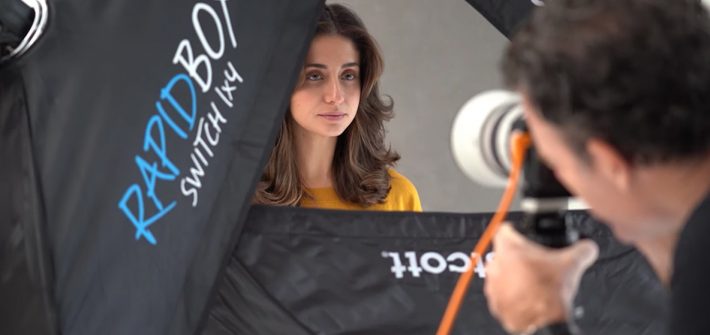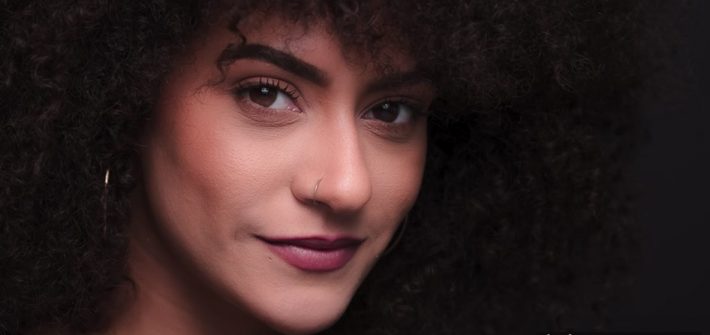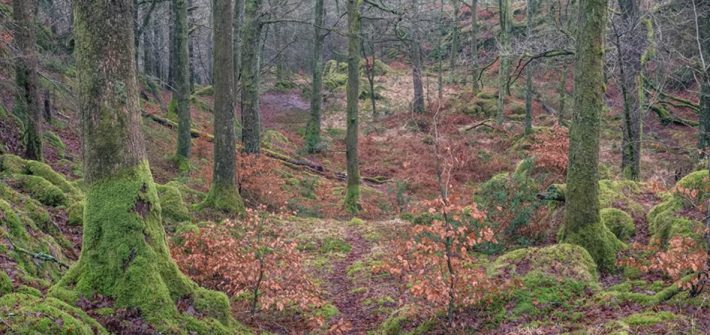TFP, Time For Print, Time For Photos; All these terms and initialisms can become a bit daunting and overwhelming. What do they all mean? I definitely can’t pay rent with exposure dollars. So why is everyone always offering exposure for compensation?
![]()

You have probably seen professional headshot photographers using powerful (and expensive) studio lights, and while there are certainly benefits to those, that does not mean you can’t use things like speedlights to create compelling images. In this excellent video tutorial, well-known photographer Peter Hurley will show you how you can light a headshot even using only speedlights.
![]()

If you ever watch videos of professional portrait photographers at work, you might them using two, three, or even more lights in complex and intricate setups. And while those certainly have their place, you can still create fantastic images using only one light, and if you are new to artificial lighting, this is actually the better way to learn how to use it. This great video tutorial will show you a straightforward one-light setup for portraits and how to create professional portraits with it.

We spend a ton of time talking about how to take a photo, including lighting, techniques, composition, and a lot more. And of course, all those things are quite important to producing a compelling photo, but that is not enough. But it takes more than that to create a good image, and this insightful video discusses how you should be approaching taking photos beyond just the how-to of it all.